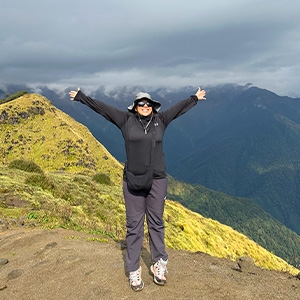Best Things To Do in Tanzania
Mount Kilimanjaro
Towering majestically over the East African landscape, Mount Kilimanjaro is Africa's highest peak and one of the continent's most iconic natural wonders. The mountain offers several trekking routes (Marangu, Lemosho, and Machame are the popular ones), each providing unique perspectives of its diverse ecosystems, from lush rainforests to alpine meadows and arctic-like glaciers. The climb to Kilimanjaro is a physical and spiritual challenge, as trekkers witness awe-inspiring sunrises and sunsets from high above the clouds.
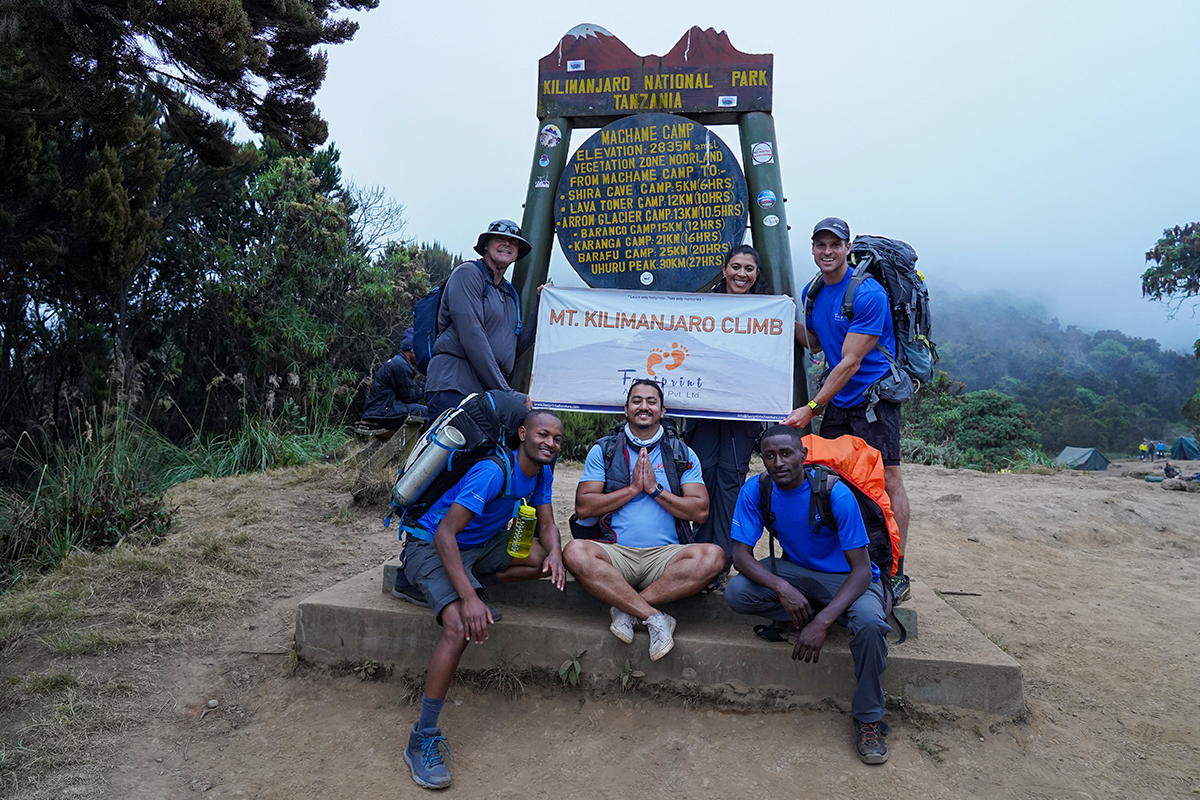
As one of the world's Seven Summits, Mount Kilimanjaro is immensely popular among adventure seekers and nature enthusiasts. Its popularity stems from its iconic status as the tallest freestanding mountain in the world, offering a challenging yet achievable climb for trekkers of varying skill levels. The popularity of Mount Kilimanjaro is further enhanced by its stunning natural beauty, with diverse ecosystems ranging from lush rainforests to barren alpine landscapes. Upon reaching the summit, Uhuru Peak, the sense of accomplishment and witnessing breathtaking views of the surrounding plains and glaciers is a major draw for climbers worldwide. Additionally, Kilimanjaro holds cultural significance as a symbol of Tanzania's natural heritage, attracting travellers keen to explore its rich history and Indigenous traditions.
Note: Comprehensive Guidebook for Kilimanjaro Climbing
- Altitude: 5,895 meters (19,341 feet) above sea level
- Area: 947,303 square kilometers
- Popularity: Extremely popular among trekkers for Climbing Kilimanjaro
- Best Season: January to March and June to October (Dry Seasons)
- Flora: Diverse ecosystems include montane rainforests with plant species like Giant Lobelias and Senecios.
- Fauna: Wildlife includes elephants, buffaloes, leopards, and various species of monkeys and birds at lower altitudes.
Serengeti National Park
Renowned as one of the greatest wildlife spectacles on earth, the Serengeti National Park is synonymous with the annual Great Migration. Millions of wildebeests, zebras, and other herbivores traverse the vast plains in search of fresh grazing grounds, followed closely by predators such as lions, cheetahs, and hyenas. Visitors also enjoy thrilling game drives, hot air balloon safaris, and cultural interactions with Maasai communities in the surrounding area.
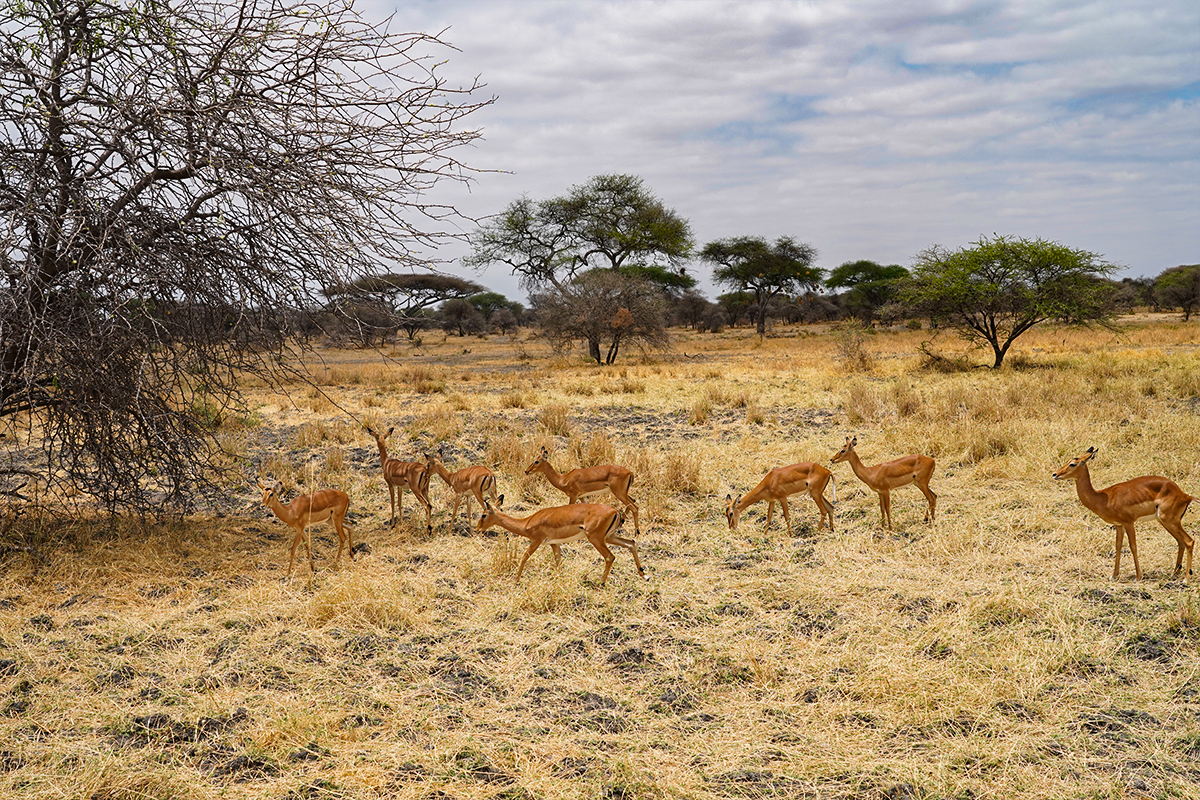
Serengeti National Park is one of the Most Popular Places in Tanzania for its unparalleled wildlife viewing opportunities, with the chance to witness thrilling predator-prey interactions and the Big Five in their natural habitat. Beyond the migration, the Serengeti's diverse landscapes, including grasslands, woodlands, and riverine forests, provide year-round sightings of a wide variety of wildlife, making it a must-visit destination for wildlife enthusiasts. To explore the Serengeti National Park with Footprint Adventure, visit here.
- Altitude: Varies; mostly flat plains with some hills
- Area: Approximately 30,000 square kilometers (12,000 square miles)
- Popularity: Highly popular for wildlife safaris, especially during the Great Migration
- Best Season: December to March (calving season) and June to October (dry season)
- Flora: Open grasslands with acacia trees, riverine forests, and rocky kopjes supporting various plant species.
- Fauna: Iconic species such as lions, leopards, elephants, and rhinos, as well as the Great Migration of wildebeests and zebras.
Tarangire National Park
Often referred to as the "Elephant Playground," Tarangire National Park is renowned for its large population of elephants, especially during the dry season when they gather around the Tarangire River. The park's landscape is characterized by vast savannah plains, acacia woodlands, and ancient baobab trees, providing a scenic backdrop for wildlife viewing and photography.
The unique combination of baobab-studded savannahs, seasonal swamps, and ancient riverbeds of Tarange provides a haven for a wide variety of wildlife, especially during the dry season. Visitors travel to Tarangire to witness large herds of elephants around the Tarangire River, as well as sightings of predators such as lions, leopards, and cheetahs. Walking safaris and night drives offer unique opportunities to explore the park and observe its nocturnal inhabitants. The relatively quiet atmosphere and pristine wilderness of Tarangire add to its allure, offering an authentic wildlife safari experience away from the crowds.
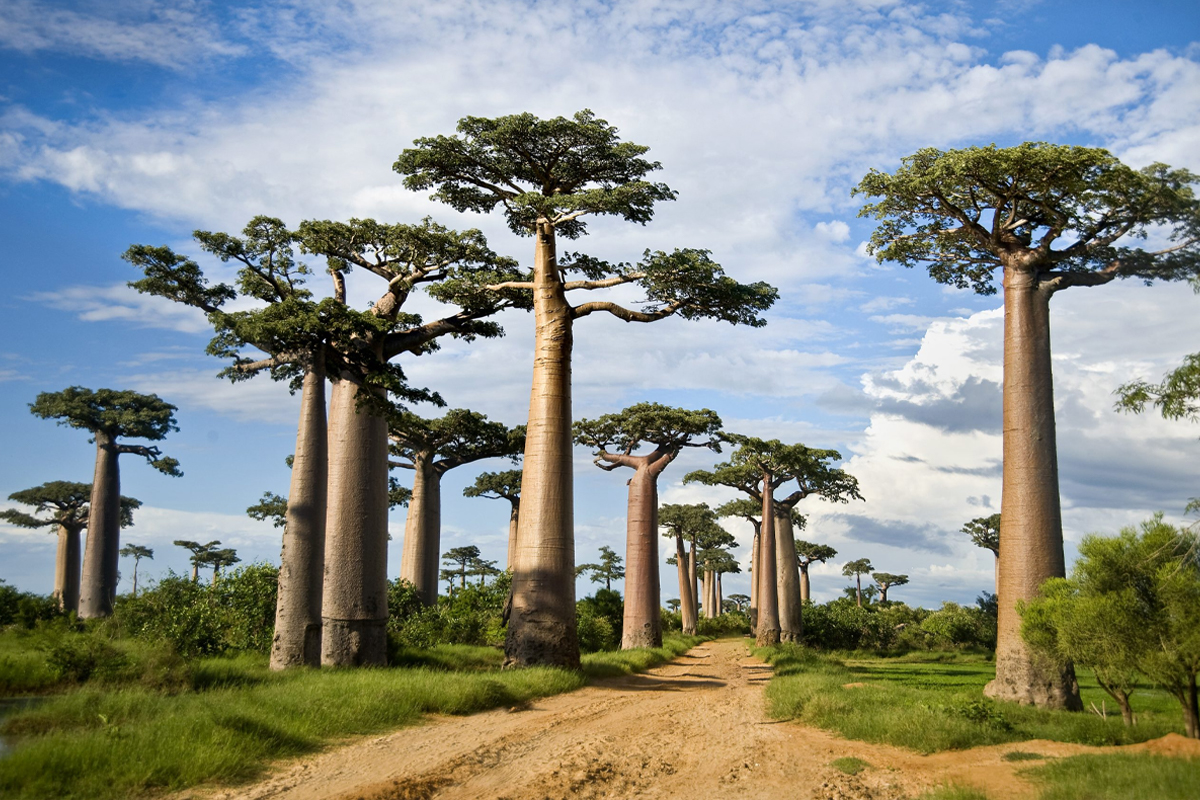
- Altitude: Approximately 900 meters (2,950 feet) above sea level
- Area: Approximately 2,850 square kilometers (1,100 square miles)
- Popularity: Popular for its large elephant population and baobab trees
- Best Season: June to October (dry season)
- Flora: Acacia woodlands, baobab trees, and seasonal swamps support a diverse range of plant species adapted to dry conditions.
- Fauna: Known for its large elephant herds, as well as lions, leopards, giraffes, and various antelope species.
Ngorongoro Conservation Area
A UNESCO World Heritage Site and one of Africa's most famous safari destinations, the Ngorongoro Conservation Area is home to the spectacular Ngorongoro Crater. Formed from the collapse of a massive volcano millions of years ago, the crater is now a natural amphitheater teeming with wildlife.
Travelers are mostly drawn to the opportunity to embark on game drives along the crater floor, where they can witness an incredible concentration of animals against the backdrop of the crater walls. Beyond the crater, the conservation area's diverse habitats, including highland forests, grasslands, and soda lakes, offer additional opportunities for exploration and cultural experiences with Maasai communities.
- Altitude:1,800 meters (5,900 feet) above sea level
- Area: Approximately 8,300 square kilometers (3,200 square miles)
- Popularity: Very popular for its unique landscape and high wildlife density
- Best Season: Year-round, but June to September is drier and offers better visibility
- Flora: Varied habitats include grasslands, forests, and alkaline lakes surrounded by lush vegetation, including fig trees and ferns.
- Fauna: Diverse wildlife such as lions, elephants, rhinos, and large herds of wildebeests and zebras within the Ngorongoro Crater.
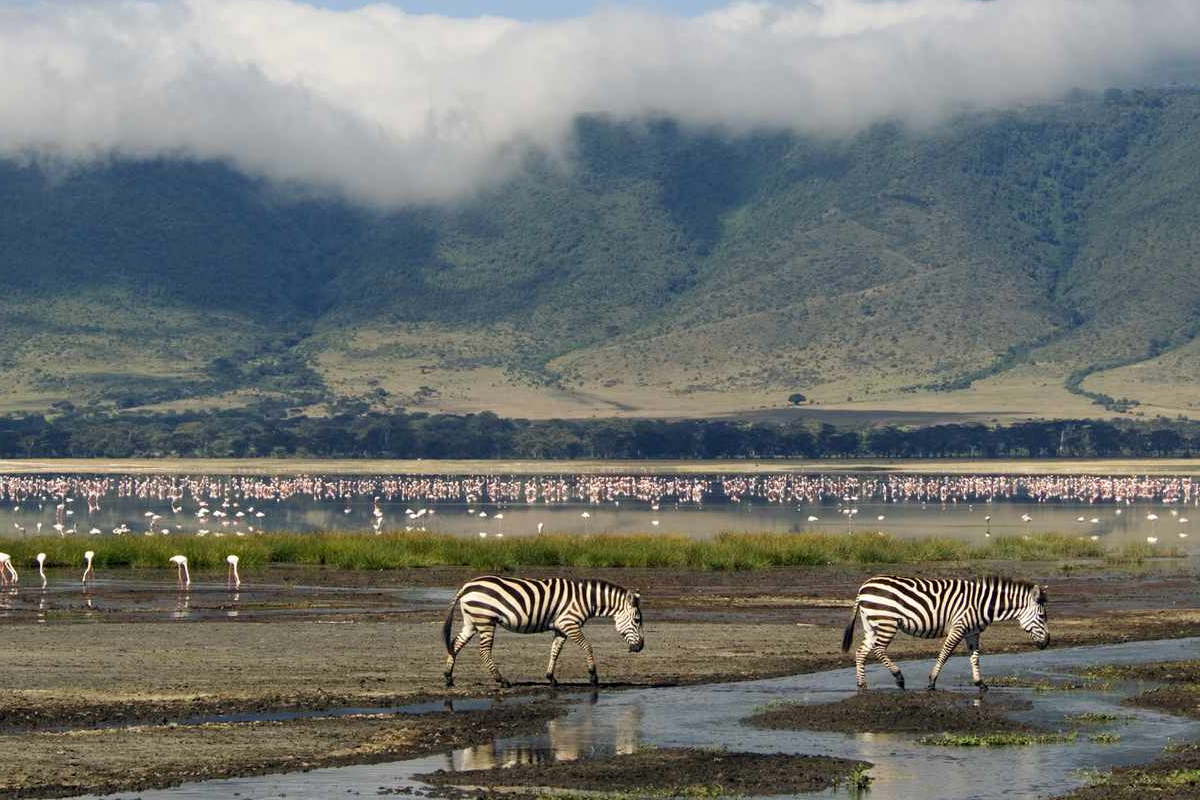
Lake Manyara
Nestled at the base of the Great Rift Valley escarpment, Lake Manyara National Park is renowned for its scenic beauty and diverse wildlife. The park's most iconic feature is its alkaline lake, which attracts large flocks of flamingos, pelicans, and other waterbirds.
Despite its relatively small area, Lake Manyara National Park is one of the Top Rated Tanzania Sights, among safari enthusiasts for its scenic beauty, diverse wildlife, and unique tree-climbing lions. Travelers are drawn to the opportunity to explore the park's varied landscapes, from dense forests inhabited by troops of baboons to open grasslands frequented by elephants and giraffes. Game drives, guided walks, and bird-watching wildlife safaris offer opportunities to immerse oneself in the park's natural splendor.
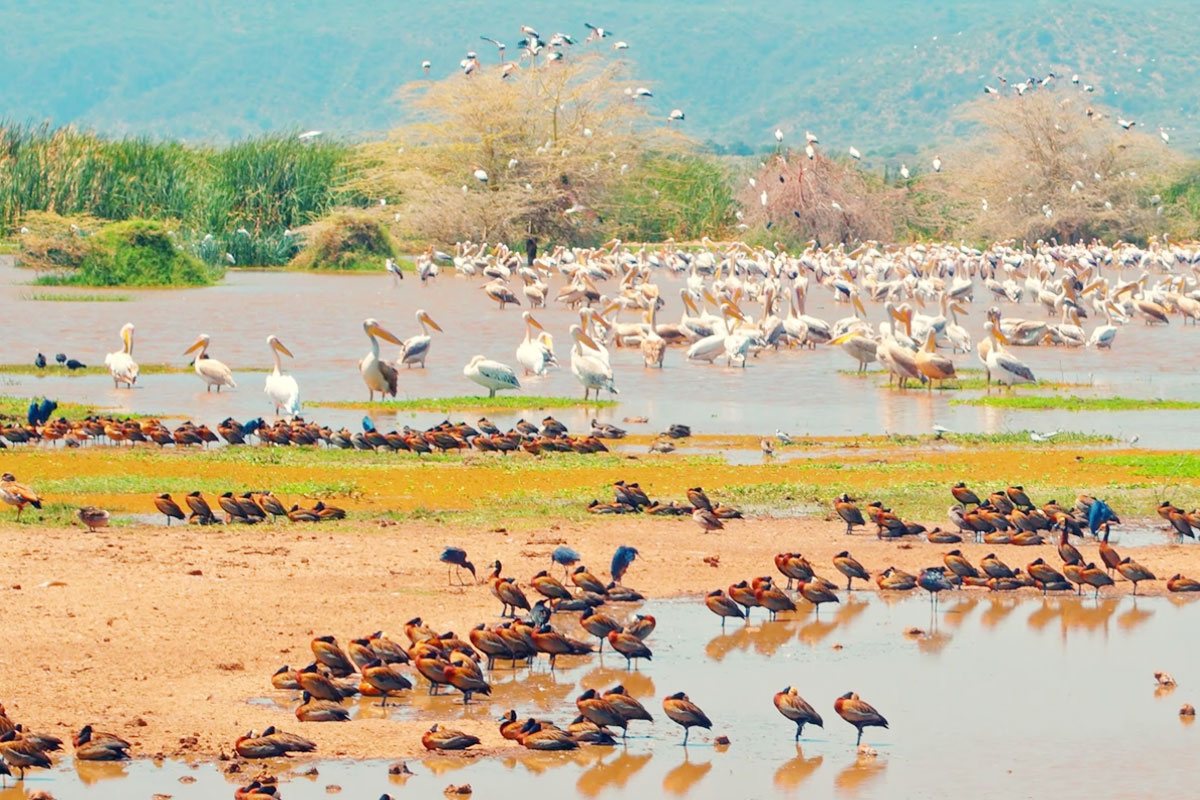
The chance to spot lions lounging in the branches of acacia trees is a major highlight for many visitors, adding to the park's appeal as a premier safari destination.
- Altitude: Approximately 960 meters (3,150 feet) above sea level
- Area: Approximately 330 square kilometers (130 square miles)
- Popularity: Known for its birdwatching and tree-climbing lions
- Best Season: Year-round, but June to September is drier and offers better wildlife viewing
- Flora: Surrounding woodlands and grasslands are home to diverse plant species, including mahogany trees, sausage trees, and acacias.
- Fauna: Tree-climbing lions, elephants, giraffes, hippos, and a wide variety of bird species, including flamingos.
Pemba Island
Tucked away in the Indian Ocean, Pemba Island is a hidden gem known for its unspoiled beauty and tranquil atmosphere. Despite being less developed than its neighbor Zanzibar, Pemba Island is highly popular among travelers seeking a secluded and unspoiled tropical paradise. The popularity is attributed to its pristine beaches, crystal-clear waters, and vibrant coral reefs, which offer some of the best diving and snorkeling opportunities in this region. Travelers are drawn to Pemba's laid-back atmosphere and authentic Swahili culture, with opportunities to explore traditional fishing villages, spice plantations, and historic ruins. The island's remote location and limited tourist infrastructure add to its appeal as a hidden gem, providing an escape from the crowds and making it a great Tanzania Tourist attraction to reconnect with nature.
- Altitude: 119 m (390 feet) above sea level
- Area: Approximately 980 square kilometers (380 square miles)
- Popularity: Less crowded compared to Zanzibar, popular for diving and snorkeling
- Best Season: July to October and December to February (dry seasons)
- Flora: Dense forests, mangroves, and spice plantations with cloves, nutmeg, and cinnamon are characteristic of the island's vegetation.
- Fauna: Marine life includes coral reefs teeming with colorful fish, dolphins, turtles, and occasional sightings of whale sharks.
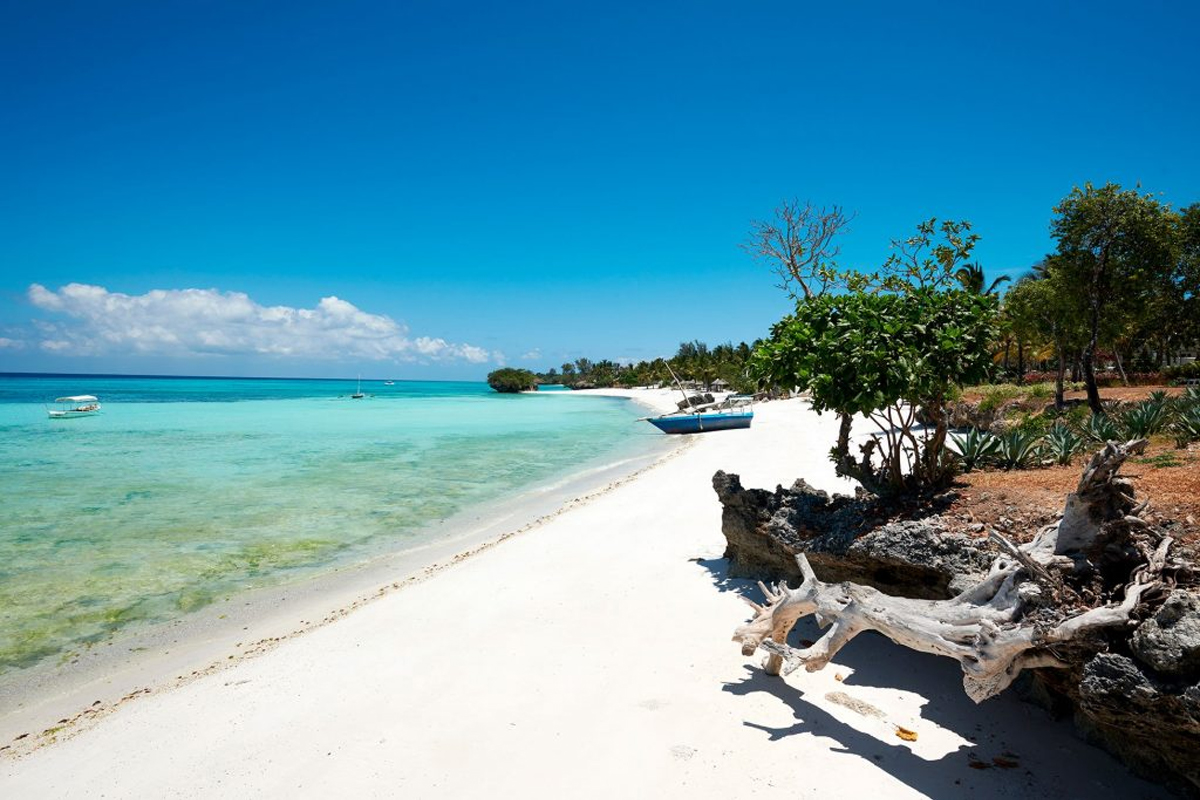
Stone Town
Steeped in history and culture, Stone Town is the atmospheric heart of Zanzibar Island and a UNESCO World Heritage Site. Its labyrinthine streets are lined with centuries-old buildings adorned with intricately carved doors, reflecting the island's diverse architectural influences. Visitors can wander through bustling markets, visit historic landmarks such as the Old Fort and Sultan's Palace, and explore cultural attractions like the House of Wonders and the Palace Museum. The town's vibrant atmosphere is enhanced by its lively waterfront, where traditional shows set sail against the backdrop of the Indian Ocean sunset. With its blend of Swahili, Arab, Indian, and European influences, Stone Town offers a captivating glimpse into Zanzibar's rich cultural tapestry.
- Altitude: 0-9 m above sea level
- Popularity: Very popular for its historical significance and cultural attractions
- Best Season: Year-round, but June to October is drier and more comfortable for exploring
- Flora: Narrow streets lined with historic buildings feature lush gardens and courtyards with bougainvillea, jasmine, and frangipani flowers.
- Fauna: Urban wildlife such as monkeys, birds, and bats can be spotted amidst the city's bustling streets and markets.
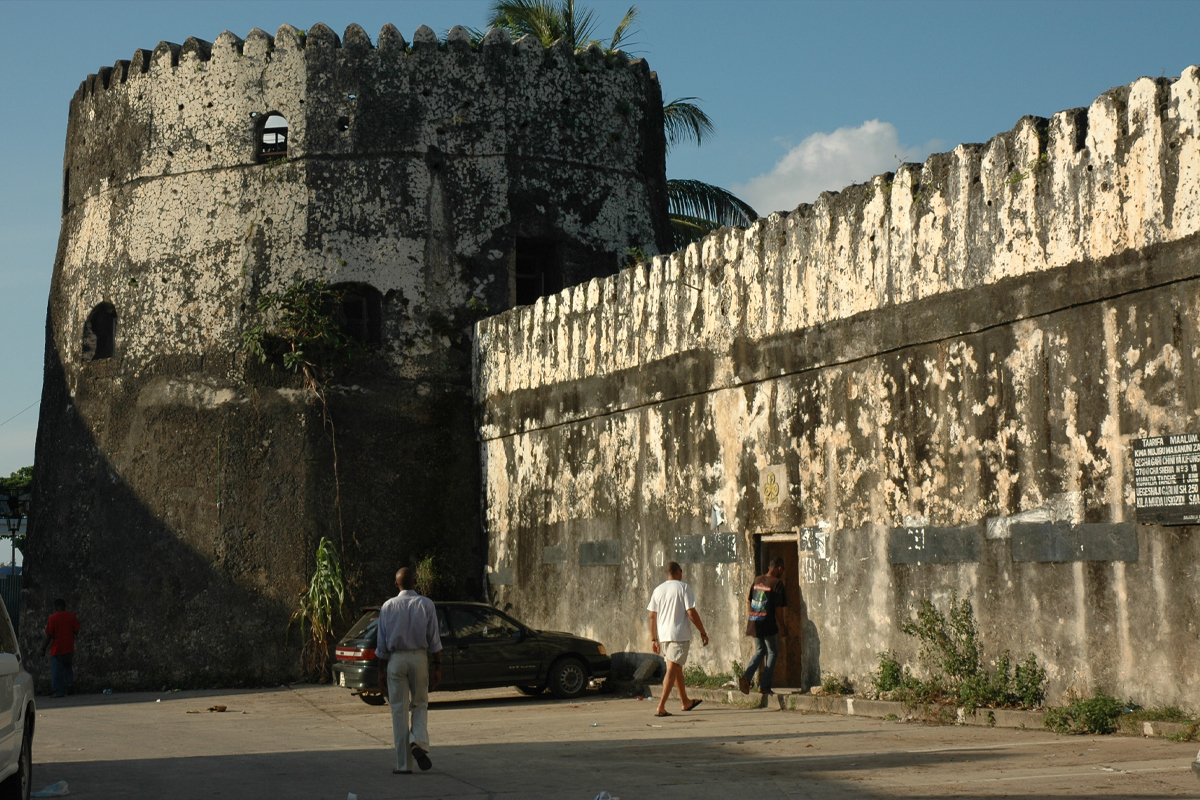
Arusha National Park
Situated at the foothills of Mount Meru, Arusha National Park is a hidden gem known for its scenic beauty and diverse wildlife. The park encompasses a variety of habitats, from lush rainforests and alpine meadows to crater lakes and savannah plains, providing a haven for a wide range of flora and fauna. Visitors can enjoy game drives, walking safaris, and canoeing excursions, encountering iconic species such as giraffes, zebras, and flamingos. Hiking enthusiasts can tackle the challenging trails to the summit of Mount Meru, which offers panoramic views of the surrounding landscape. Cultural experiences with local tribes such as the Meru and Maasai add another dimension to the park's appeal, allowing adventurers to gain insights into traditional lifestyles and customs.
.jpg)
- Altitude: Ranges from about 1,500 meters (4,920 feet) to 4,566 meters (14,980 feet) at the summit of Mount Meru
- Area: Approximately 552 square kilometers (212 square miles)
- Popularity: Popular for its diverse landscapes and Mount Meru Trekking
- Best Season: June to October (dry season)
- Flora: Diverse habitats encompass montane forests, grasslands, and the volcanic slopes of Mount Meru, with abundant plant species including giant heather and orchids.
- Fauna: Wildlife includes colobus monkeys, buffaloes, giraffes, and various antelope species, as well as a variety of birdlife.
Mahale National Park
Nestled on the shores of Lake Tanganyika, Mahale National Park is a remote wilderness paradise known for its population of wild chimpanzees. Trekking through dense forests to observe these fascinating primates in their natural habitat is the park's main attraction, offering unforgettable encounters with one of our closest relatives in the animal kingdom. Beyond chimpanzee tracking, Mahale is also home to a diverse array of other wildlife, including forest elephants, leopards, and various species of monkeys and birds. The park's pristine beaches and clear waters provide opportunities for swimming, snorkeling, and fishing, making it a perfect destination for both wildlife enthusiasts and beach lovers seeking a secluded retreat.
- Altitude: Varies; from the shores of Lake Tanganyika (773 m) to the mountainous terrain of Mount Nkungwe (2,462 meters)
- Area: Approximately 1,613 square kilometers (623 square miles)
- Popularity: Popular for chimpanzee trekking and remote wilderness experiences
- Best Season: June to October and December to February (dry seasons)
- Flora: Dense tropical forests dominated by mahogany, ebony, and fig trees, interspersed with lush vegetation and colorful orchids.
- Fauna: Home to one of the largest populations of wild chimpanzees in Africa, as well as other primates, forest elephants, and diverse bird species.
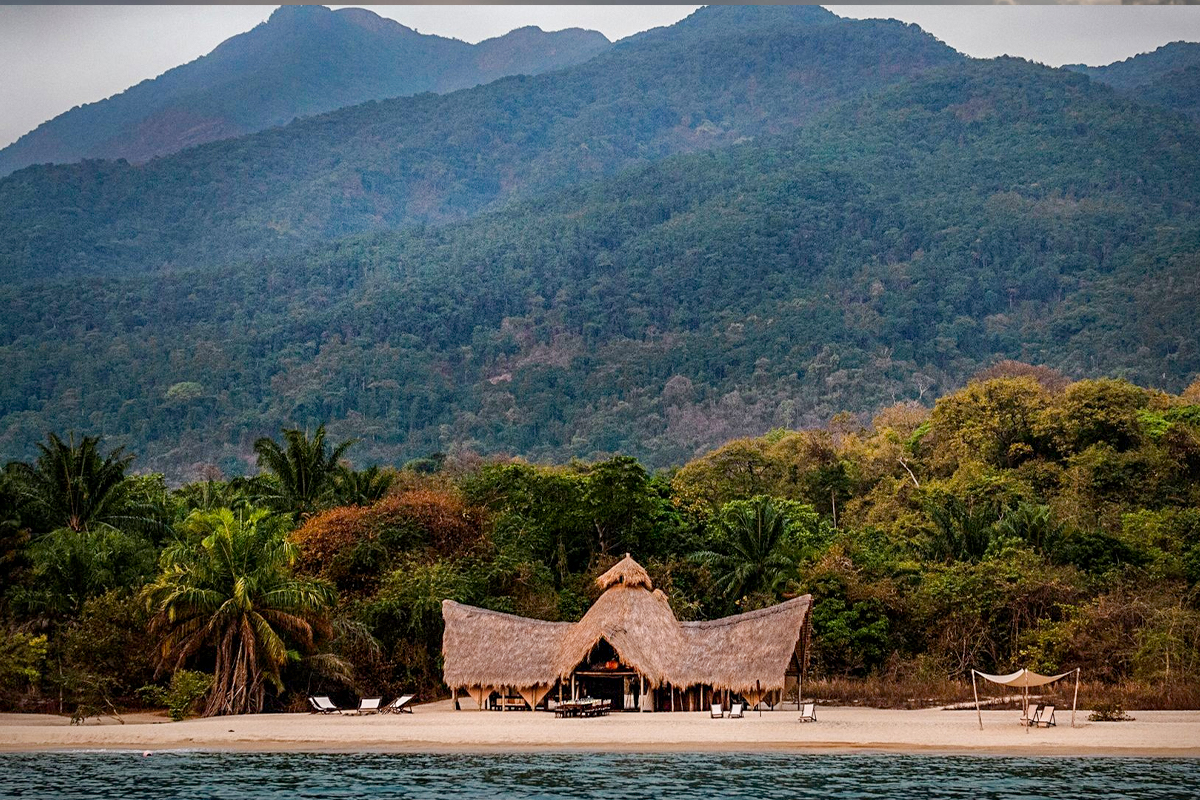
Mikumi National Parkut
Often referred to as the "Serengeti of the South," Mikumi National Park is one of Tanzania's hidden gems, offering abundant wildlife sightings without the crowds. The park's open grasslands are home to a variety of herbivores, including giraffes, zebras, and wildebeests, as well as predators such as lions, leopards, and wild dogs. Birdwatchers will also delight in the park's diverse avian population, with over 400 species recorded within its boundaries. Game drives are the primary activity in Mikumi, allowing adventurers to explore its vast expanses and encounter its resident wildlife up close. With its convenient location along the main highway connecting Dar es Salaam to Zambia, Mikumi is easily accessible and makes for an ideal stopover on a Tanzanian safari itinerary.
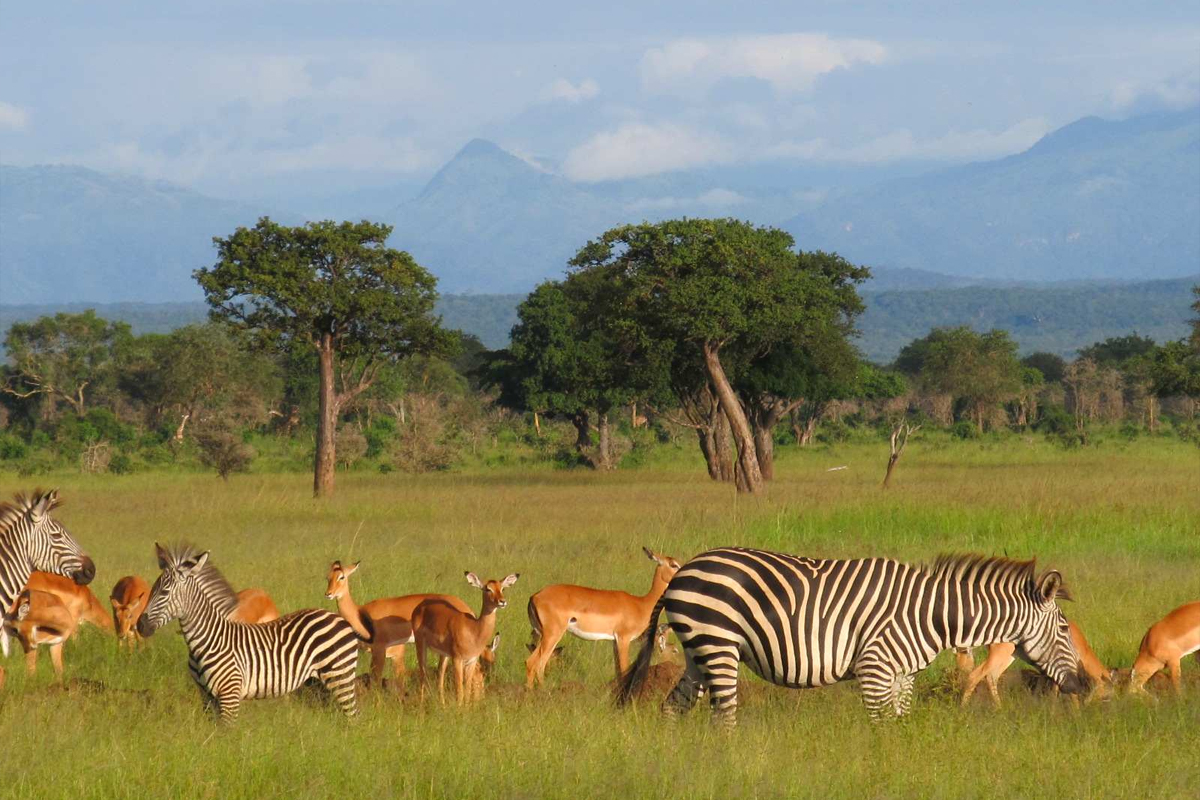
- Altitude: Varies; mostly lowland plains to a maximum elevation of 1,290 m above sea level
- Area: Approximately 3,230 square kilometers (1,250 square miles)
- Popularity: Popular for wildlife viewing and accessibility from Dar es Salaam
- Best Season: June to October (dry season)
- Flora: Savannah grasslands with baobab trees, acacias, and other drought-resistant plants adapted to the park's dry climate.
- Fauna: Wildlife includes lions, giraffes, zebras, buffaloes, and a variety of antelope species, as well as over 400 bird species.
Ruaha National Park
Tanzania's largest national park, Ruaha is a vast wilderness area teeming with wildlife and dramatic landscapes. Situated in the heart of the country, it offers a remote and off-the-beaten-path safari experience far from the crowds of more popular destinations in Tanzania. The park's rugged terrain is home to a diverse array of wildlife, including large herds of elephants, buffaloes, and antelopes, as well as predators such as lions, leopards, and cheetahs. The Great Ruaha River, which meanders through the park, serves as a lifeline for its inhabitants, attracting large concentrations of animals during the dry season. Travelers can explore the park on game drives, walking safaris, and boat trips, enjoying unparalleled opportunities to observe its resident wildlife in its natural habitat.
- Altitude: Varies; from about 600 meters (1,970 feet) to 1,900 meters (6,230 feet)
- Area: Approximately 20,226 square kilometers (7,809 square miles)
- Popularity: Popular for its rugged landscapes and large wildlife populations
- Best Season: June to October (dry season)
- Flora: Varied landscapes include riverine forests, miombo woodlands, and rocky escarpments, supporting diverse plant species such as baobabs and sausage trees.
- Fauna: Large concentrations of elephants, as well as lions, leopards, wild dogs, and rare species such as sable antelopes and greater kudus.
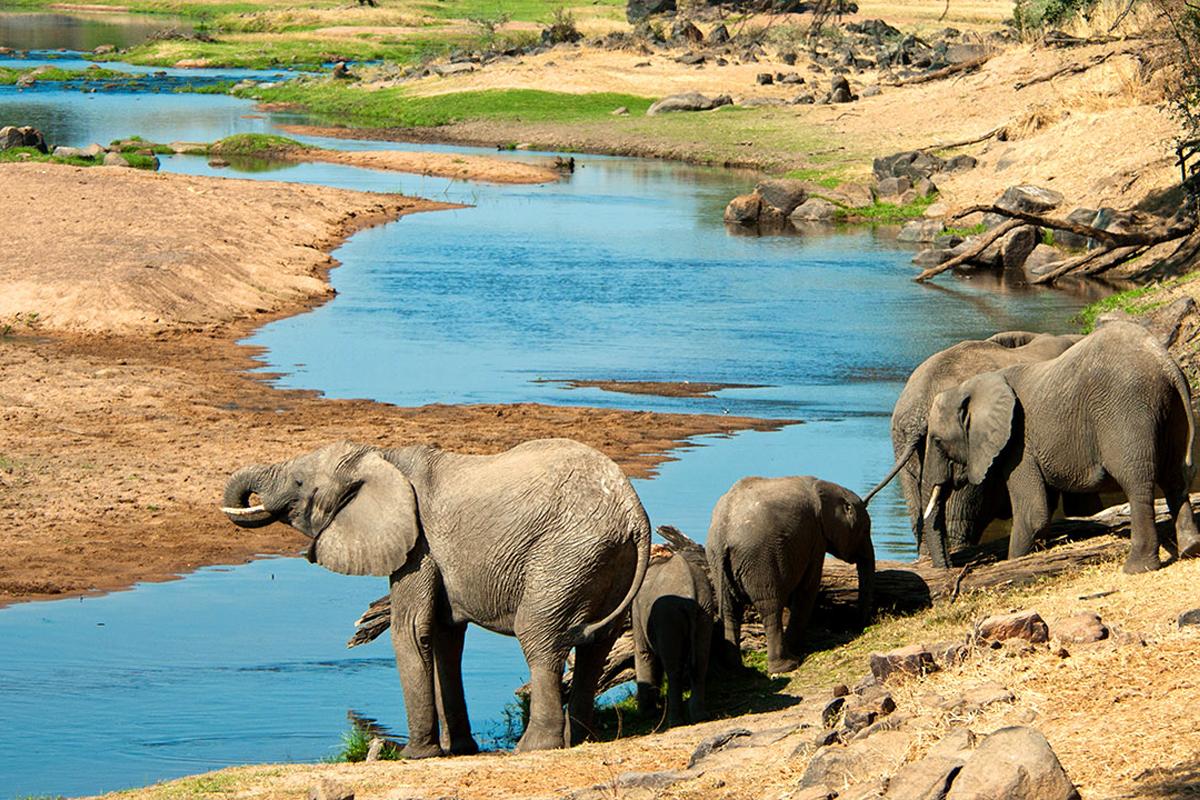
Beaches of Zanzibar
With its powdery white sands, turquoise waters, and swaying palm trees, the beaches of Zanzibar are the epitome of tropical paradise. From the bustling shores of Nungwi and Kendwa to the secluded coves of Matemwe and Paje, the island offers a beach experience to suit every traveler's preferences. Water sports enthusiasts can indulge in snorkeling, diving, kite surfing, and dhow cruises, exploring the vibrant coral reefs and marine life that thrive offshore. For those seeking relaxation, there are plenty of beachfront resorts and boutique hotels where you can unwind in luxury and soak up the island's laid-back vibe. As the sun sets over the Indian Ocean, beach bonfires and traditional Swahili performances add to the magic of Zanzibar's coastal evenings, creating memories that will last a lifetime.
- Altitude: Near sea level
- Area: Varies by beach; the main island of Zanzibar is approximately 1,554 square kilometers (600 square miles)
- Popularity: Extremely popular for beach vacations and water sports
- Best Season: June to October and December to February (dry seasons)
- Flora: Coastal vegetation includes palm trees, coconut groves, and mangroves, with vibrant tropical flowers and shrubs adorning the sandy shores.
- Fauna: Marine life includes coral reefs with colorful fish, sea turtles, and occasional sightings of dolphins and whale sharks.
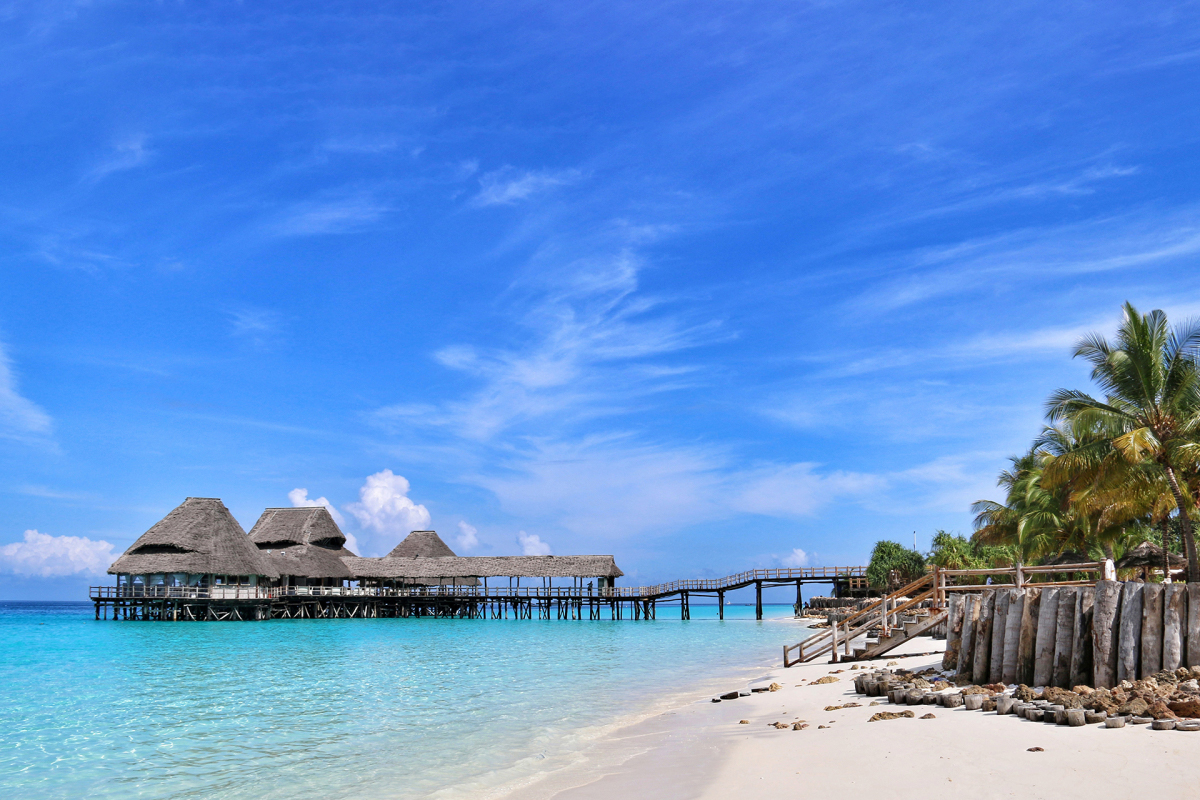
Selous Game Reserve
Covering an area larger than Switzerland, the Selous Game Reserve is one of the largest protected areas in Africa and a UNESCO World Heritage Site. Named after British explorer and hunter Frederick Selous, the reserve is renowned for its pristine wilderness and abundant wildlife. Travelers can embark on boat safaris along the Rufiji River, spotting hippos, crocodiles, and a variety of waterbirds, or explore the reserve's vast plains and woodlands on guided game drives making it unique things to do in Tanzania. With its low visitor numbers and exclusive safari lodges, Selous offers a truly remote and intimate safari experience, allowing guests to immerse themselves in the sights and sounds of the African bush away from the crowds.
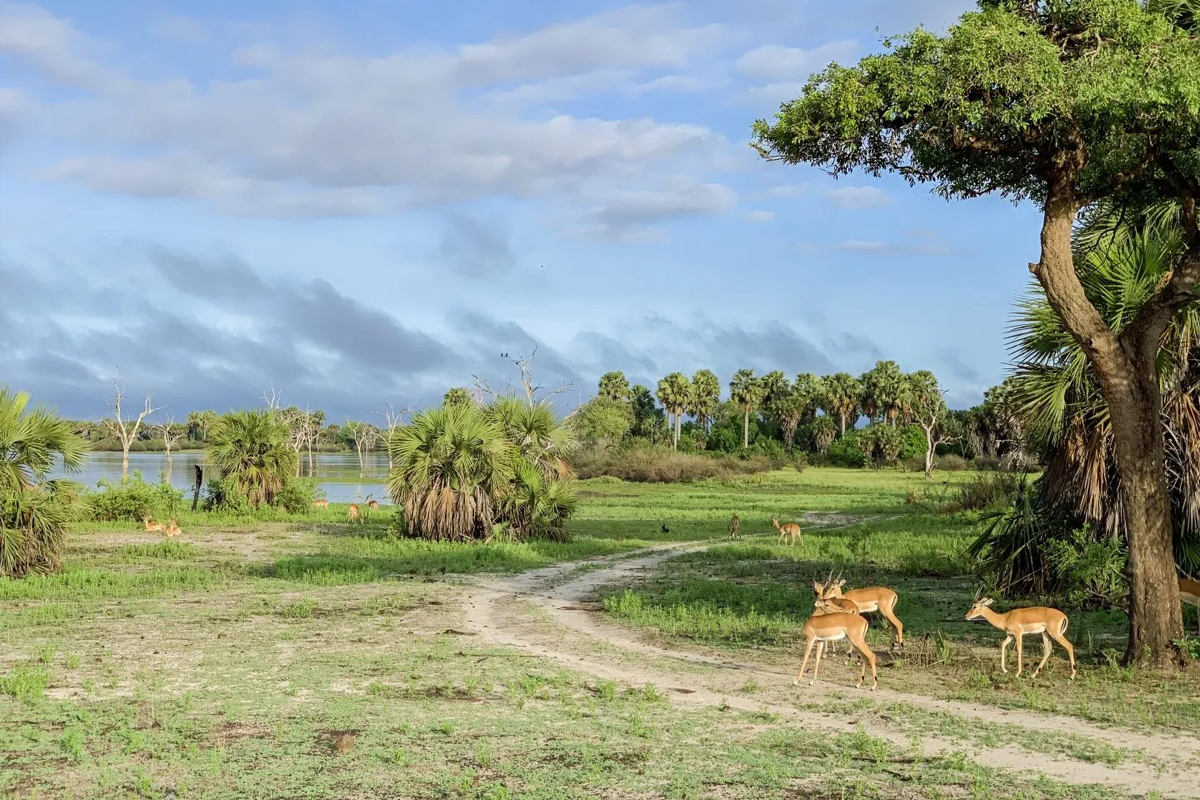
- Altitude: Varies; mostly lowland plains
- Area: Approximately 50,000 square kilometers (19,300 square miles)
- Popularity: Popular for boat safaris and remote wilderness experiences
- Best Season: June to October (dry season)
- Flora: Varied habitats encompass savannah grasslands, miombo woodlands, and riverine forests, with diverse plant species supporting abundant wildlife.
- Fauna: One of the largest populations of African wild dogs, as well as elephants, hippos, crocodiles, and a wide variety of bird species.
Mafia Island
Tucked away in the Indian Ocean, Mafia Island is a hidden gem known for its unspoiled beauty and rich marine biodiversity. Protected as part of the Mafia Island Marine Park, it offers pristine coral reefs, crystal-clear waters, and some of the best diving and snorkeling opportunities in East Africa. Visitors can explore vibrant underwater seascapes teeming with colorful fish, turtles, and rays, as well as larger marine species such as whale sharks and dolphins. Above the surface, the island's mangrove forests, secluded beaches, and traditional fishing villages provide opportunities for eco-friendly excursions and cultural encounters. Whether you're seeking adventure or relaxation, Mafia Island offers a tranquil escape from the hustle and bustle of everyday life, where you can reconnect with nature and rejuvenate your senses.
- Altitude: Near sea level
- Area: Approximately 413 square kilometers (160 square miles)
- Popularity: Popular for diving, snorkeling, and secluded beach getaways
- Best Season: June to October and December to February (dry seasons)
- Flora: Mangrove forests, coastal shrubs, and tropical fruit trees such as mangoes and papayas characterize the island's vegetation.
- Fauna: Rich marine biodiversity includes coral reefs, reef fish, octopuses, and colorful nudibranchs, as well as occasional sightings of whale sharks and humpback whales.
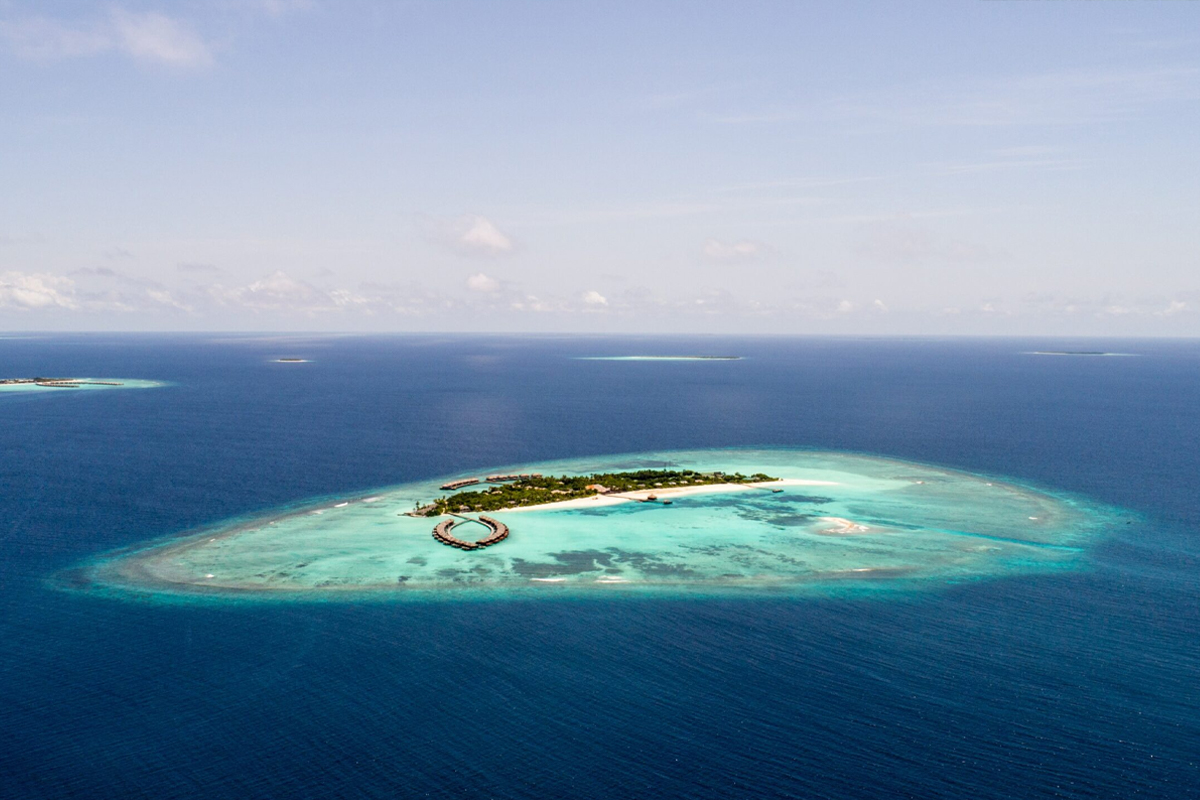
Materuni Waterfalls
Hidden in the foothills of Mount Kilimanjaro, Materuni Waterfalls is a hidden gem known for its natural beauty and cultural heritage. The waterfall cascades over 80 meters down a sheer rock face, creating a mesmerizing display of cascading water and mist. Visitors can hike through lush coffee plantations and banana groves to reach the falls, pass through picturesque villages, and learn about traditional Chagga culture. Swimming in the refreshing pool at the base of the falls is a popular activity, offering a welcome respite from the tropical heat. Guided tours allow travelers to explore the area with knowledgeable local guides who can share insights into the region's history, flora, and fauna. Whether you're a nature lover, adventure seeker, or cultural enthusiast, Materuni Waterfalls offers a memorable experience that showcases the best of Tanzania's natural and cultural heritage.
- Altitude: Approximately 1,500 meters (4,920 feet) above sea level
- Popularity: Popular for day trips and hiking excursions
- Best Season: Year-round, but June to September is drier and more comfortable for hiking
- Flora: Lush montane forests with coffee and banana plantations, ferns, mosses, and other vegetation adapted to the misty environment.
- Fauna: Various bird species, butterflies, and small mammals inhabit the area surrounding the waterfall, adding to its natural beauty and biodiversity.
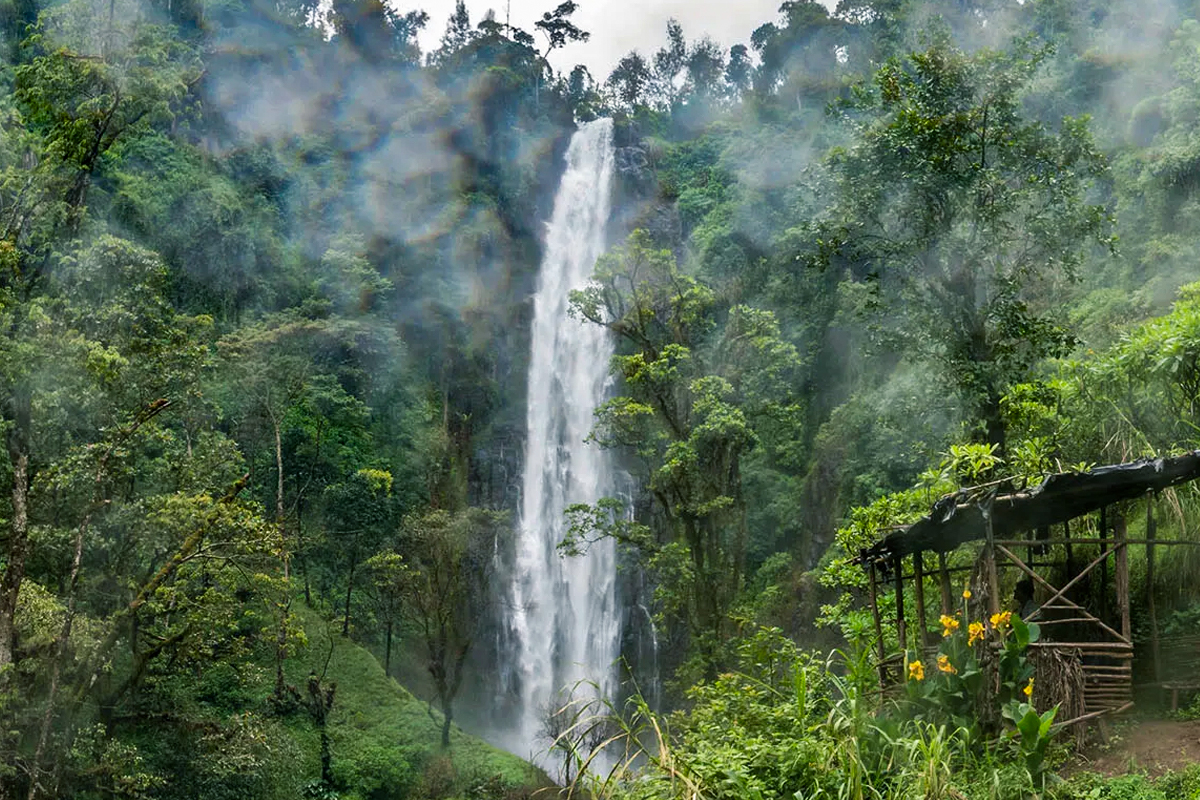
Conclusion
In conclusion, Tanzania is home to an array of natural wonders that attract tourists worldwide. From the snowy peaks of Mount Kilimanjaro to the vast plains of the Serengeti, there is something for everyone in this beautiful country. The national parks offer opportunities for wildlife watching, while the islands provide tranquil settings for relaxing and exploring underwater worlds. With its rich cultural heritage and stunning scenery, Tanzania truly has it all. Whether you're looking for adventure, relaxation, or simply a chance to experience nature at its finest, Tanzania should be on your list of must-visit destinations. For any queries relating to Tanzania, Kilimanjaro Climbing, or Wildlife Safaris, contact us, here.
FAQS On Tanzania Tour
What is Tanzania most famous for?
Tanzania is most famous for its stunning wildlife and natural wonders. The country is home to the Serengeti National Park, known for the annual Great Migration of millions of wildebeest and zebras, and Mount Kilimanjaro, the highest peak in Africa. Tanzania is also renowned for its beautiful beaches on the island of Zanzibar and the diverse cultures of its over 120 ethnic groups.
How many days are enough for Tanzania?
To fully experience Tanzania, 10 to 14 days are generally recommended. This allows you to explore key attractions such as a safari in the Serengeti, a visit to Ngorongoro Crater, and some relaxation time on Zanzibar's beaches. If you're planning to climb Mount Kilimanjaro, you should add an additional 7 to 9 days for the trek.
What to do in Tanzania other than safari?
Beyond safaris, Tanzania offers a variety of activities:
Climbing Mount Kilimanjaro: For adventure seekers, summiting Africa's highest mountain is a once-in-a-lifetime experience.
Beach Relaxation: Zanzibar, with its white sandy beaches and turquoise waters, is perfect for unwinding.
Cultural Tours: Visit local villages, such as the Maasai, to learn about Tanzania's rich cultural heritage.
Snorkelling and Diving: The waters around Zanzibar and Pemba Island are ideal for exploring vibrant coral reefs and marine life.
Exploring Stone Town: In Zanzibar, Stone Town is a UNESCO World Heritage Site filled with history, narrow alleyways, and bustling markets.
Is Tanzania expensive to visit?
Tanzania can be both affordable and expensive, depending on your travel style. Luxury safaris and high-end lodges can be quite costly, but there are budget options available as well. Staying in local guesthouses, using public transportation, and choosing mid-range safari packages can help reduce costs. Overall, while Tanzania is not the cheapest destination, it offers good value for the experiences it provides.
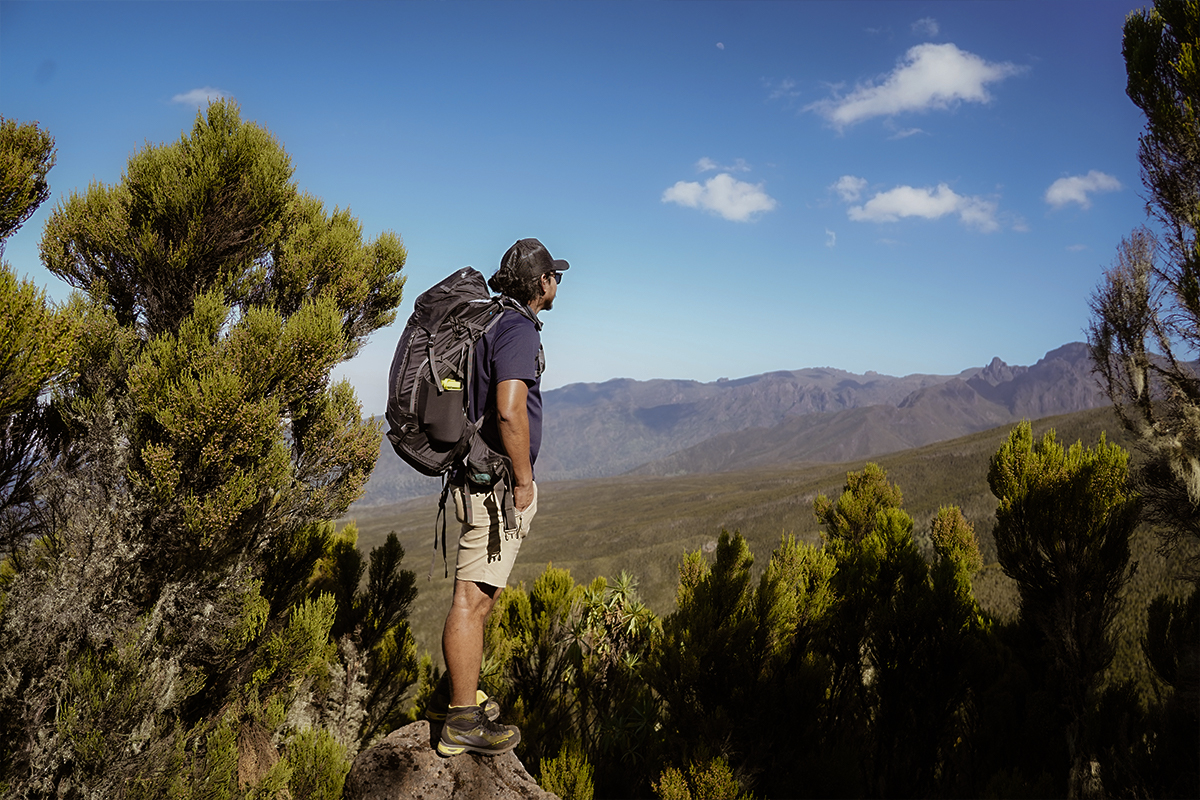









.jpg)







